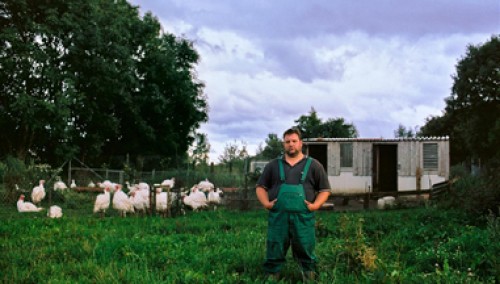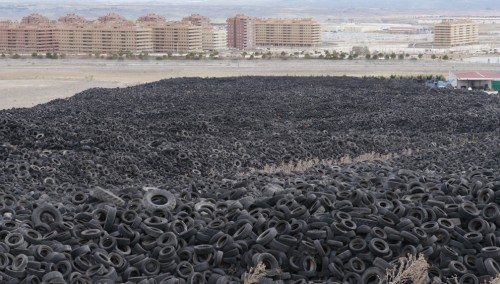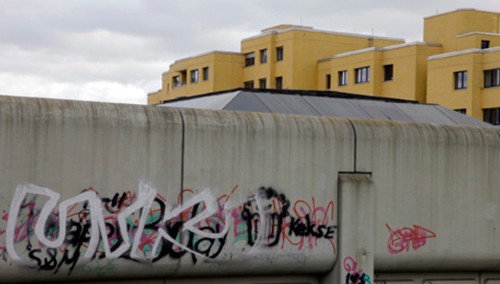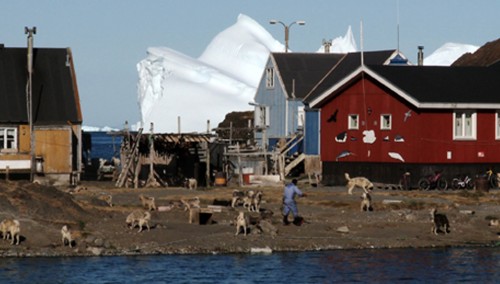Architecture and Society 2013
Twenty-five years from now, according to scientific prognoses, roughly two-thirds of the world population will live in cities. The almost boundless growth of urban agglomerations along capitalist streams, with all its effects on the organism of the city, was already analyzed in 1994 by Saskia Sassen, as one of the first, in her remarkable publication Cities in a World E conomy. Sassen, sociologist and professor for urban planning at the Columbia University in New York, identifies three different types of location produced by global economic processes: production zones, tourism centers and financial centers. In addition, as she notes almost casually, countless cities, towns and villages will remain wholly unaffected by the dynamics of international growth.
The effects of economic globalization on the development of the province beyond the “Global Cities” are well known today. The withdrawal of capital and jobs is generally followed by a widespread departure of young people from many regions. Low birth rates and the consequently changing age structure accelerate the process of decline and the concomitant increasing decay of unprofitable locations. More and more buildings stand vacant, and there is a collapse of infrastructure in many places – public transportation withdraws, post offices and banks close their branches, schools, pubs, and corner shops close. The economic crisis of recent years further exacerbates the situation.
This year’s program section “Architecture and Society”, compiled in cooperation with afo – Architecture Forum Upper Austria, brings together four documentaries and a short film under the significant title PERIPHERIES. The films tell of remote villages, urban gray zones, and Spanish ghost towns.
Sarah Gavron’s documentary film Village at the End of the World, for instance, portrays an isolated village on the north-west coast of Greenland, where the just fifty-nine residents want to take the reopening of the closed fish factory into their own hands. In Far End of the Milky Way, the German documentary filmmakers Leopold Grün and Dirk Uhlig portray a committed village community in an eastern German no-man’s-land, defying economic pressure and the hard living conditions with humor and a great talent for self-organization. Warsaw Frankenstein tells of the German artist Sieverts’s strange journey through the capital of Poland. Beyond the beaten paths of tourists, he seeks out wastelands and back alleys that no one is proud of yet which still tell something essential about a city. Casas para todos – Houses for all draws a topography of the burst real estate bubble in Spain, which is mirrored in the 3.6 million vacant housing units all over the country. New constructions in ruins and ghost towns cover the country, but people and nature are gradually beginning to reclaim them. An urban ruin is also the focal point of the eightminute short film La Cité by Karina Nimmerfall, which reflects on the mutability of the significance of space.





